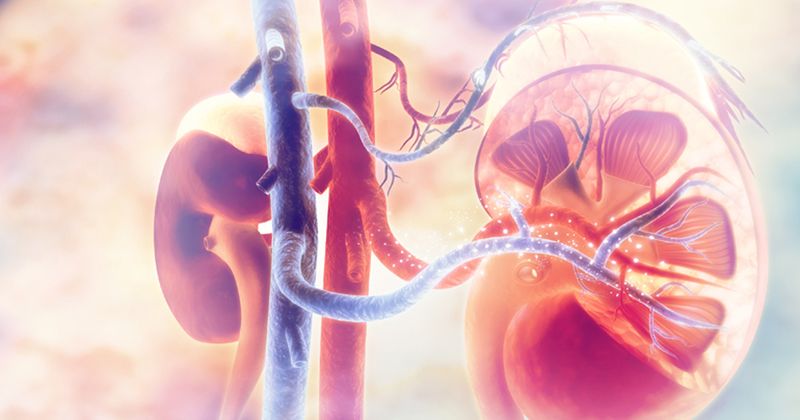Successful in France, benefits of older kidney donors could outweigh risks in US
Click Here to Manage Email Alerts
Increasing kidney transplants remains a challenge in the United States but adopting successful practices by France and other European countries of accepting older organs could help, researchers said.
"The Eurotransplant senior program [in France] does preferentially allocate kidneys from donors who are greater than 65 years old to recipients greater than 65 years old, and there is preference to do local allocation to reduce cold ischemia,” Peter Reese, MD, MSCE, a transplant nephrologist and epidemiologist at the Hospital of the University of Pennsylvania and the Philadelphia Veterans Affairs Medical Center, said at the virtual American Transplant Congress. “By contrast, the U.S. has no preferential allocation of kidneys from older donors.”

Reese’s presentation was part of an international panel discussing ways to increase organ donation both in the United States and abroad.
In France, acceptance of older donors makes a difference in transplant rates by utilizing organs that would be considered unsuitable based on the kidney donor profile index (KDPI), a tool used by U.S. transplant centers to determine the viability of a donor kidney. “The KDPI cannot adequately describe the French distribution of scores and quality,” Reese said. “They are doing things we just don’t do.”

As a result, from 2000 to 2014, the wait list for kidney transplants in the United States “kept getting bigger. Patients were getting older. And in France, the age of deceased donors got older and older, starting with donors in their early 40s and ending in the 50s,” Reese said. “But in the U.S., the [age of donors] remained totally flat. There is no change in donor age. The age range of recipients kept getting older, but not our deceased donors.”
That difference, said Reese, also explains the discard rate between the two countries, where older-aged donor kidneys are turned down by U.S. transplant centers. Researchers have speculated that older kidneys are discarded because the chances of a lower graft survival could hurt the center’s success rate as judged by Medicare and other payers.
“If your center gets a bad report card, it can be fairly dire. They can close your center,” Reese said. Likewise, delayed graft function is more common when older donor organs are used. “There are other complications [and] more work when the margin financially is thin,” Reese said.
Still, the number of additional transplants “would be fairly substantial” if U.S. transplant centers adopted the French definition of acceptable organs, Reese said. Referring to a review of data recently published in JAMA Internal Medicine, of which Reese was a co-investigator, he said, “The number would not solve the kidney shortage we have, but an additional 1,860 transplants is a fairly large number.”
In the end, said Reese, patients should make the decision as to whether they want to accept an older donor kidney.
“Older donor kidneys are really worth transplanting when the patient really dreads dialysis, when their risk tolerance for transplant is reasonably high and when the patient is well informed. Center-driven priorities ... should really be a secondary consideration,” Reese said.

